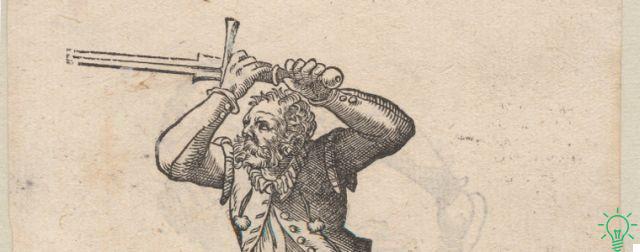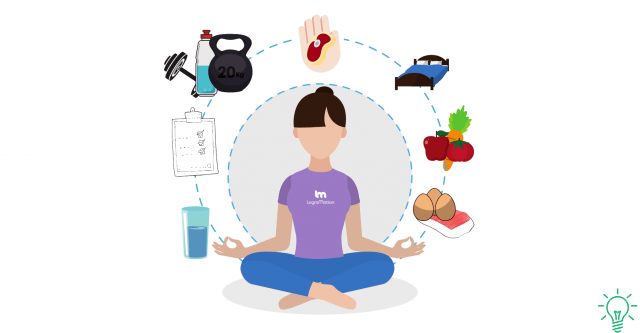Let's see some meditation techniques for beginners to get you closer to this practice. A path of well-being for our state of mind and, consequently, for our physical health.

Last update: 12 September, 2019
Meditation has also become a very common practice in the West. As you become more and more aware of the benefits that daily meditation brings, more and more people are approaching it. Today we will see some meditation techniques for beginners with which to start taking the first steps.
The benefits of practicing meditation regularly are many. It reduces and helps to manage stress, increases the ability to concentrate, the awareness of one's body and being, and many more.
Meditation is also used by many people to accompany the development of a healthier lifestyle, self-discipline and focus on a positive mood. It is also very effective in restoring proper sleep hygiene and increasing pain tolerance.
For all these reasons, meditation techniques for beginners allow us to enter this vast world in a simple way, enhancing the motivation to include this practice in our daily life.
Some fundamentals of meditation
Meditation is a practice that takes very different (polymorphic) forms that share, however, some bases. All meditation techniques they aim to calm the mind, so that the events of daily life are not the center of attention.
At the same time, they all focus on the present moment. It is thus possible to experience the moment, without capturing it, letting it pass to live the next one. The basic idea is that of get away from the harmful habit of thinking too much about the past or the future.
All meditation techniques for beginners, as well as more advanced ones, they increase activity in the brain areas related to positive thoughts and emotions. The regular and lasting practice of meditation promotes positive changes in the same areas.
Meditation techniques for beginners
Generally speaking, meditation techniques fall into two large blocks. Those that allow you to work on concentration and those that don't. Concentration techniques teach you to keep your attention on a concrete element, outside yourself.
In reverse, techniques that do not focus on attention include broader practices, such as emphasizing the inner states of the body or one's breathing. While these two categories can be distinguished, some techniques overlap both types of meditation.
Let's now look at some options within the meditation techniques and try to distinguish one from the other. We will review only the simplest to make.
1. The basis of meditation for beginners
The key to letting go of the thoughts that fill our mind is think of yourself as a mere observer of your own thoughts. They are observed when they arrive and then let themselves slip away, like a cloud, without holding them back.
You start by sitting in a comfortable position to try to calm the mind without forcing it, avoiding getting attached to thoughts. When you start, you quickly realize that it is not easy at all. You will find, however, that constant practice will do wonders in no time.
2. Oriented Meditation Techniques
For beginners we recommend starting with breathing. For many people, it is much easier than reaching a state where the mind is blank, even if the idea is the same: to live in the present moment and avoid the vicious and harmful circles of thoughts.
When we can focus on ours breathing, we can also focus on something external, which keeps our mental attention away from the things we want to let go. It can be a visual stimulus, such as a figure, a candle, or something that captures our auditory attention, such as the waves of the sea or the constant ticking of a metronome.
3. Techniques of full attention
They are very effective, even if they are not simple. The full attention technique is one tool to stay in the present moment, appeasing the temptation to project ourselves into the past or into the future. This is actually a lot easier said than done.
To encourage the effectiveness of this technique, we can focus about our emotions and the part of the body where we experience them, without looking for their origin, but experiencing them only as sensations. Imagine them as drops of water that run over the body after a shower.
4. Meditation for beginners through activity oriented techniques
Activities such as painting, gardening, yoga, or any other activity that requires concentration is valid for this type of meditation.
It is a way to achieve full attention by resorting to activities that foster concentration. This technique is closely tied to flow theory, and calms the mind.
5. Spiritual meditation
Meditation can also be a spiritual practice, although it doesn't have to be tied to a particular religion. It is used by many people as a means of accessing inner guidance or wisdom.
When we manage to slow down the speed at which thoughts run, they become clearer. This is how the really important questions emerge and deeper answers are reached.


























